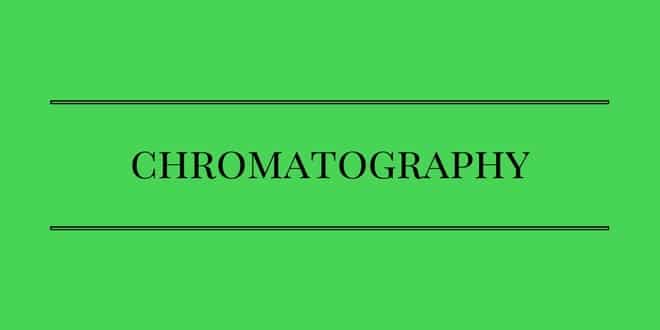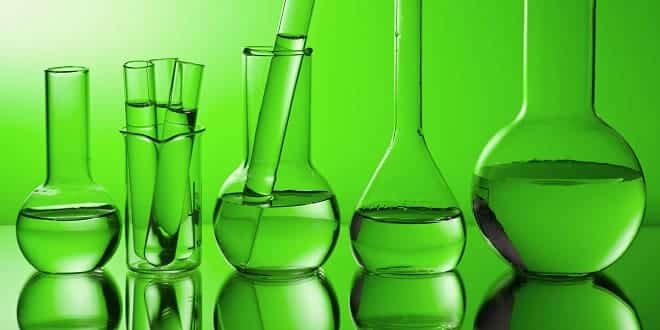Liquid Chromatography – Mass Spectroscopy (LC-MS) ( Md Akbar Siddiq Khan )
LIQUID CHROMATOGRAPHY – MASS SPECTROSCOPY (LC-MS)
Presented by
Md Akbar Siddiq Khan
M.Pharm
Nizam College Of Pharmacy
Hyderabad – A.P
What is LC-MS?
It is the combination of liquid chromatography and the mass spectrometry.
• In LC-MS we are removing the detector from the column of LC and fitting the column to interface of MS.
• In the most of the cases the interface used in LC-MS are ionization source.
PROBLEMS IN COMBINING HPLC AND MS
HPLC
• Liquid phase operation
• 25 – 50 deg. C
• No mass range limitations
• Inorganic buffers
• 1 ml/min eluent flow is equivalent to 500 ml/min of gas
MS
• Vacuum operation
• 200 – 300 deg. C
• Up to 4000 Da for quadrupole MS
• Requires volatile buffers
• Accepts 10 ml/min gas flow
PARTS OF LC-MS
Two key components in this process are the ion source, which generates the ions, and the mass analyzer, which sorts the ions.
Several different types of ion sources are commonly used for LC/MS.
MOBILE PHASE:-
The mobile phase is the solvent that moves the solute through out column.
General requirements:-
(1)low cost, uv transperancy,high purity.
(2)low viscosity, low toxicity, non flammability.
(3)non corrosive to LC system component.
Solvent strength and selectivity:- it is the ability of solvent to elute solutes from a column.
COLUMN:-
Column type:-
Specialized mode:-
The use of di-functional or tri-functional silanes to create bonded groups with two or three attachement points leading to phases with higher stability in low or higher pH and lower bleed for LCMS
Most widely used columns for LCMS are:-
(1) fast LC column. the use of short column. (15-50mm)
(2) Micro LC column. the use of large column. ( 20 150mm)
…



